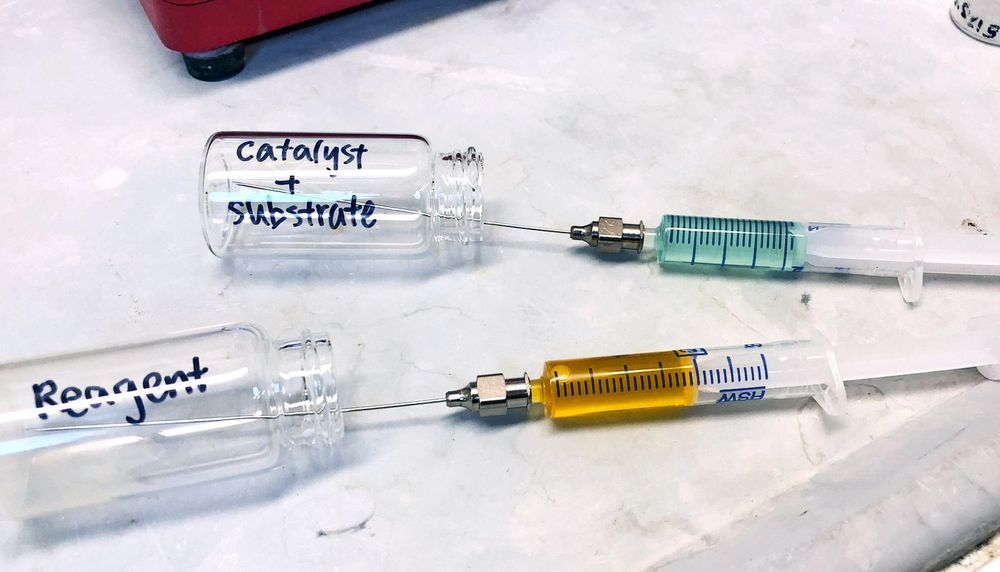The paper is the latest in a series demonstrating the ability to use a dirhodium catalyst to selectively functionalize C-H bonds in a streamlined manner, while also maintaining virtually full control of the three-dimensional shape of the molecules produced.
“This latest catalyst is so selective that it goes cleanly for just one C-H bond—even though there are several C-H bonds very similar to it within the molecule,” says senior author Huw Davies, professor of organic chemistry. “That was a huge surprise, even to us.”
This dirhodium catalyst works on a substrate of tert-butyl cyclohexane, a hydrocarbon—one of the simplest of organic molecules, consisting entirely of C-H bonds.









Comments are closed.